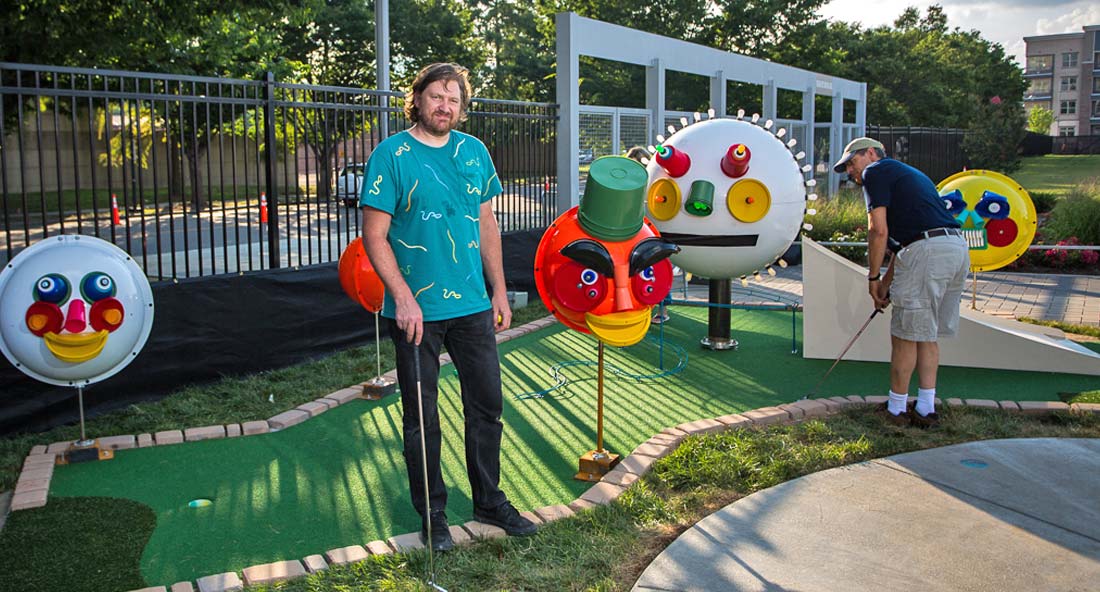
17 Apr Faces of Goodwill: An Artist’s Perspective
Big, colorful, clownish faces loom over Hole No. 2 of the mini-golf course at the Nashville Sounds minor league baseball park.
As golfers aim up a ramp and into the mail-slot mouth of one face to start the hole, they are struck first by the expressions, which range from joyfully innocent to vaguely sinister. Then, looking closer, they are surprised to find the noses are made of plastic cups and the eyes, cheeks and mouths are composed of buckets, lids or bowls.
“That’s always fun,” explains the faces’ creator, Nashville artist Alex Lockwood. “It happens with all my work. The best-case scenario is people respond to it as a work of art distinct from what it’s made of, and then they notice what it’s made of.”
Lockwood, whose work was displayed at last year’s co- benefit for Goodwill and the Nashville Fashion Alliance, uses found objects — ordinary materials made for a non-art function — in all of his art. Materials for the faces, which are a recurring theme in his recent work, are found at Goodwill. Some facial features even retain their Goodwill price tags.
“I can’t go buy these things anywhere new that I can get from Goodwill,” he says. “There’s a history to all of this material. It could be from the homes of rich people, poor people — people of all ethnic backgrounds. I’m just another stop on their journey.”
Lockwood’s fondness for objects with a story dates back to his start as an artist in New York in the 1990s, when he noticed scratch-off lottery tickets littering the sidewalks near corner stores. To many people, they were just trash. To Lockwood, they were a free, abundant medium for art, and he began folding them to create elaborate sculptures.
“With something like a lottery ticket, there’s rich things in there — hope that this object is going to change everything, and disappointment, which comes with all the ones I get,” he said, laughing.
As with the lottery tickets, there are also practical reasons Lockwood shops for art materials at Goodwill.
“There’s just a color palette that’s unending,” he said. “There’s so many colors of plastic. Add to that the way people use them, or if they are sun-faded. I have access to any color I want, I’m always surprised by the shapes I find, and it’s very inexpensive.”
Read the Winter/Spring edition of The Ambassador – Goodwill’s quarterly magazine which provides readers with stories of events, activities and the inspiring stories of how Goodwill is changing lives


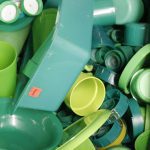
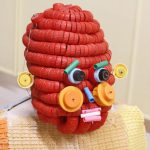
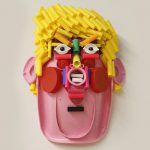
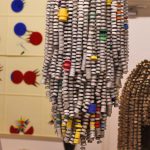


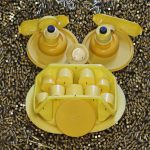


No Comments